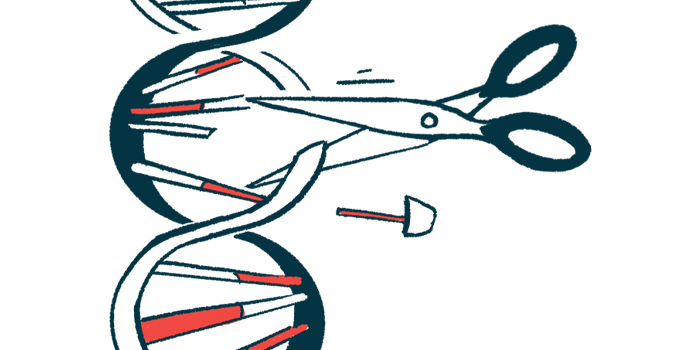Precision’s gene-editing therapy gets FDA’s rare pediatric disease status
PBGENE-DMD found to restore production of dystrophin in preclinical studies

The U.S. Food and Drug Administration (FDA) has granted rare pediatric disease designation to PBGENE-DMD, an experimental gene-editing therapy for Duchenne muscular dystrophy (DMD) that’s being developed by Precision Biosciences.
The designation provides companies with extra incentives to develop experimental therapies to treat rare diseases that mainly affect children.
“The receipt of Rare Pediatric Disease Designation highlights the significant unmet need that necessitates new therapeutic options for boys living with DMD,” Cindy Atwell, Precision’s chief development and business officer, said in a company press release.
DMD is caused by mutations in the DMD gene, which provides instructions to make a protein called dystrophin that’s vital for maintaining muscle health. People with DMD produce virtually no dystrophin protein, which leads to muscles becoming more damaged over time, ultimately driving disease symptoms.
The DMD gene is made up of sections called exons. When the gene is read to produce dystrophin protein, the individual exons are strung together, like how individual words are put together to form a sentence.
PBGENE-DMD designed to remove exons 45 through 55 of DMD gene
PBGENE-DMD is designed to remove exons 45 through 55 of the DMD gene by using one-time administration in a single viral vector. Exons are part of genes that contain information to produce proteins. This could remove disease-causing mutations in that part of the gene while still allowing cells to produce a shortened but functional version of the dystrophin protein, according to Precision.
The company estimates this approach could provide meaningful benefits for more than half of people with DMD.
PBGENE-DMD works using Precision’s proprietary gene-editing platform called ARCUS. According to the company, the platform has advantages such as the type of DNA cut, its small size, and its simplicity, as it’s a single component editor that recognizes and cuts DNA and enables both non-viral and viral vector delivery to tissues. ARCUS is being used to develop sophisticated gene edits that include gene insertion (inserting DNA into genes), elimination (removing a genome, such as viral DNA), and excision, as in the DMD program.
“Our first-in-class PBGENE-DMD program, which leverages the differentiated capabilities of our ARCUS gene editing platform to excise exons 45-55 of the dystrophin gene, holds the potential to drive meaningful improvement and durable functional benefit over time for up to 60% of patients with DMD,” Atwell said. “Our approach is designed to permanently edit a patient’s own DNA sequence, resulting in naturally-produced, near full-length dystrophin protein known to be functional in humans.”
Preclinical experiments have indicated PBGENE-DMD can effectively restore production of functional dystrophin protein in multiple types of muscle cells, including skeletal muscles, or the muscles that move the body around, as well as cardiac muscles, according to Precision. In mouse models of DMD, the therapy has been shown to produce significant, durable functional improvements, the company said.







